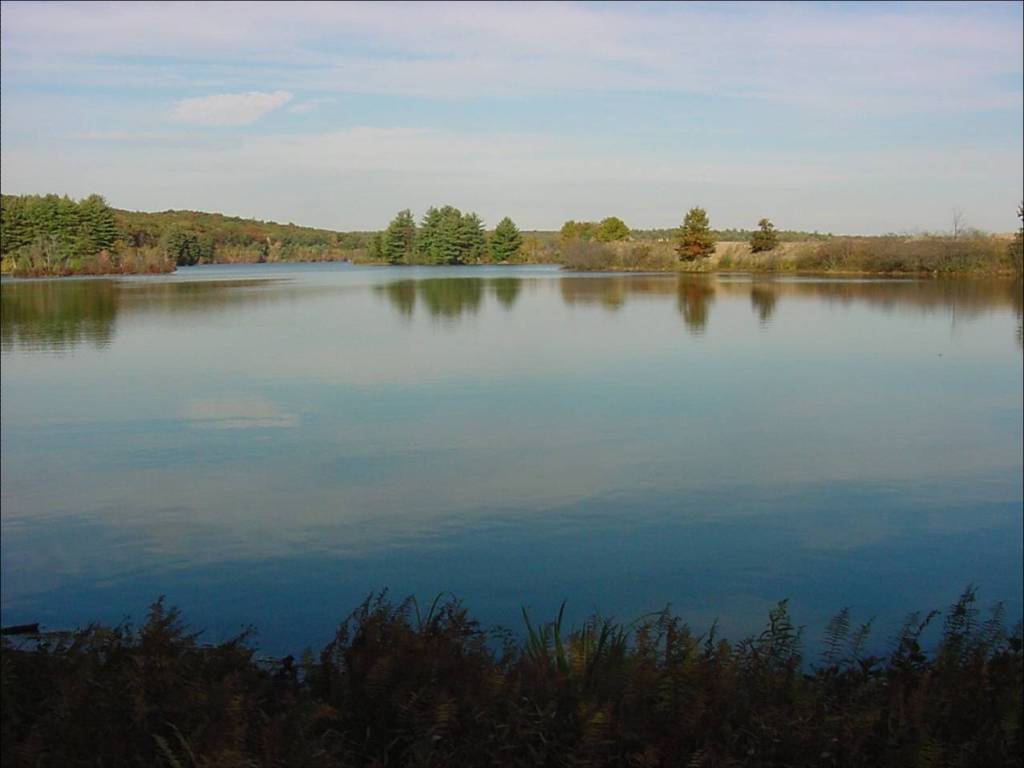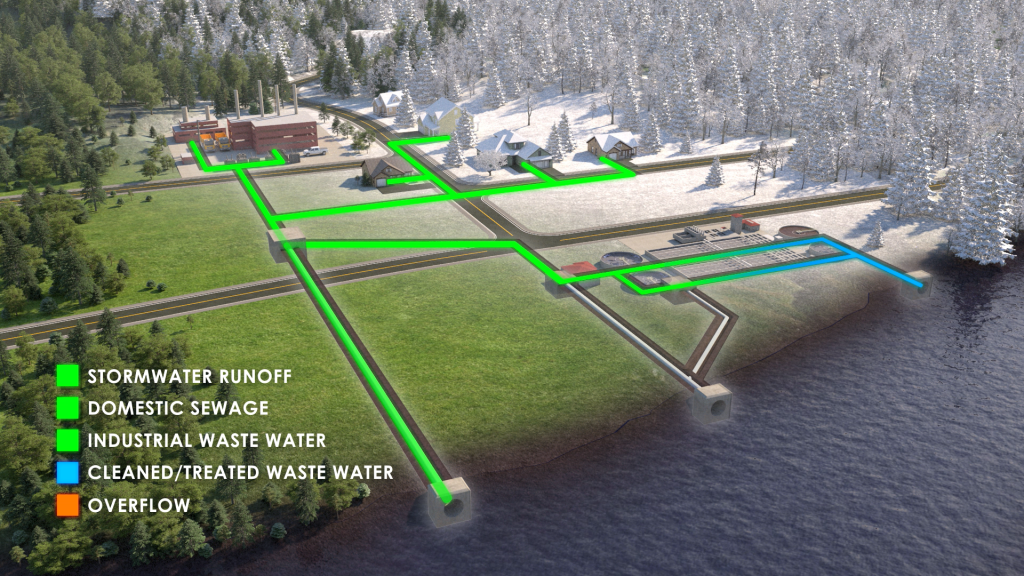
From June 15 to June 24, MCWRS hosted a series of four virtual panels on PFAS, NPDES Permits, Affordability, and Legal and Regulatory updates relevant to the water sector. This virtual series was meant to replace the annual MCWRS Symposium, which was last held in-person in 2019 prior to the COVID-19 pandemic.
Each panel featured four water industry leaders who represented a variety of local and national perspectives and offered valuable insight into their experiences on issues currently affecting Massachusetts municipalities.
Many of the themes remained the same; the need for (1) the use of sound science by MassDEP and Region 1 EPA in regulatory and policy decision-making, (2) educating the public on water utilities’ roles and financial needs, and (3) advocating on behalf of municipal interests on issues such as PFAS and CSOs. But, most importantly, the series highlighted the need and value of sharing experiences across the water sector. It is crystal clear that speaking with a coordinated and a unified message amplifies the concerns and interests of municipalities and is our best opportunity for regulatory agencies to hear our voices. Attendees who paid to attend the webinar series will receive a link to review the recordings. If you would like to receive the link, but were not able to register and attend, you can still receive the benefit by paying the attendance fee.
The Massachusetts Coalition for Water Resources Stewardship is a nonprofit organization committed to promoting watershed-based policies and regulations that effectively manage and conserve water resources. MCWRS is unique in its focus on protecting municipalities’ interests in an ever-changing regulatory environment. We promote using scientifically based, fiscally responsible approaches to realize environmental and community goals. Members include municipalities; public agencies that transport and treat drinking water, wastewater and stormwater; quasi-government agencies; and private organizations whose members are committed to the principles of stewardship and sustainability in protecting the environment and public health.






